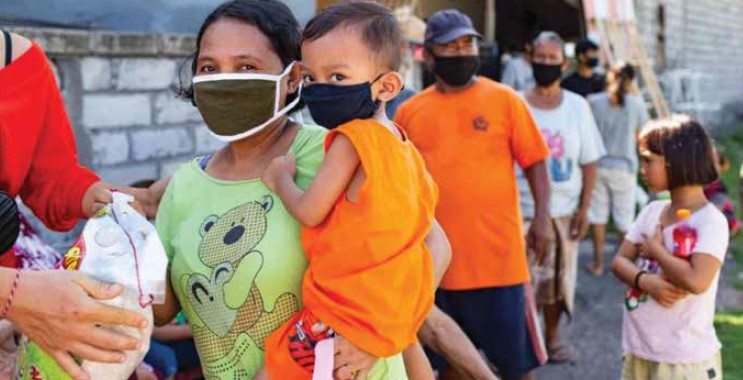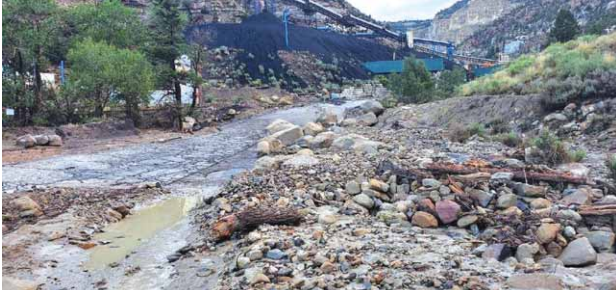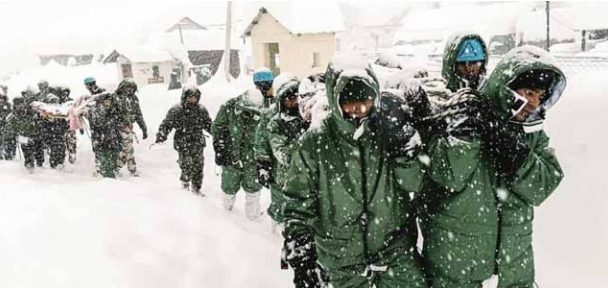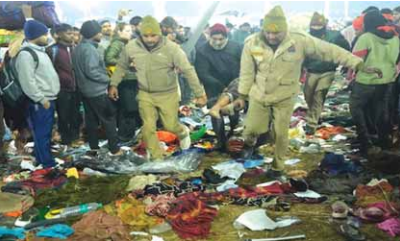On 2nd July 2024, the United Nations Office for Disaster Risk Reduction (UNDRR) unveiled a significant milestone in global disaster management efforts—the “Checklist on Scaling Up Disaster Risk Reduction in Humanitarian Action.” This comprehensive tool is poised to transform the way humanitarian, development, and peace actors address disaster risks, marking a critical step towards integrating risk reduction strategies into humanitarian planning and programming at both global and national levels.
In an era characterized by unprecedented fragility and uncertainty, the UNDRR’s checklist emerges as a pivotal resource for actors engaged in humanitarian settings. The document emphasizes that current response efforts are often limited to short-term needs, overlooking the disaster-related risks that compound crises over time. It recognizes that few humanitarian planning documents fully incorporate risk assessments or climate impacts, and even fewer appeals include measures for disaster risk reduction (DRR) or climate adaptation. This gap is particularly concerning given that protracted crises account for approximately 80% of humanitarian operations globally. By addressing root causes, humanitarian efforts can become more effective, creating resilient systems capable of withstanding future shocks.
The checklist serves as a roadmap for operationalizing risk-informed humanitarian action. It offers practical guidance to humanitarian, development, and peace (HDP) actors, outlining how to align risk reduction measures within existing frameworks. The tool promotes a systems-based approach to risk analysis, ensuring that DRR actions are adapted to national contexts and respond to specific risks. This collaborative model allows actors to identify entry points for strengthening risk reduction, creating opportunities for joint planning and implementation across sectors. Workshops and capacity-building initiatives are encouraged as part of the checklist’s rollout, ensuring broad-based engagement with DRR concepts.
Implementing
Risk-Informed Planning for Long-Term Impact
The first key step outlined by the UNDRR checklist is risk-informed planning. By embedding specific risk reduction activities into humanitarian responses, actors can ensure that their actions address both immediate needs and long-term vulnerabilities. The checklist suggests that HDP actors work together on collective outcomes, reducing risks and enhancing resilience by focusing on the root causes of crises.
This approach highlights the necessity for continuous training and engagement with both the development community and local stakeholders. For example, in Ethiopia, a workshop organized by UNDRR and OCHA in 2023 emphasized the importance of engaging development actors and mapping local capacities for disaster response. Participants from various clusters identified common priorities, including the need for private sector involvement in DRR training.
Increased awareness is another key pillar of the checklist. It encourages humanitarian actors, government entities, and donor organizations to invest in DRR measures. Raising awareness of the benefits of integrating DRR into humanitarian action not only helps to reduce future risks but also makes interventions more sustainable, improving long-term resilience in affected communities.
Integrating Disaster Risk Reduction Beyond
Humanitarian Cycles
The checklist extends its application beyond the Humanitarian Programme Cycle (HPC), promoting collaboration between humanitarian and development efforts. It stresses the importance of adopting a human rights-based, gender-responsive, and conflict-sensitive approach in DRR activities. This holistic perspective ensures that risk reduction measures are tailored to the specific needs of vulnerable groups and that actions contribute to broader goals of peacebuilding and sustainability.
At the core of this guidance is a call for a more integrated and coordinated response mechanism. The checklist encourages HDP actors to incorporate DRR dialogue into global and national coordination frameworks, using various information management tools to enhance risk reduction efforts. Such integration not only improves operational efficiency but also ensures that DRR becomes a permanent fixture in humanitarian and development agendas.
Global Examples of Checklist Application
The UNDRR has already piloted the checklist in several regions. In Central America’s Northern Triangle (El Salvador, Guatemala, and Honduras), risk-informed training sessions were conducted in collaboration with OCHA, integrating the checklist into broader humanitarian needs assessments. Over 120 humanitarian and development partners collectively analyzed critical issues such as climate change, migration, and economic crises from a risk-informed perspective. This initiative demonstrated how the checklist could facilitate a unified approach to addressing humanitarian needs and risks simultaneously.
In Haiti and El Salvador, UNDRR continues to work with OCHA to systematically integrate risk perspectives into overall planning. These ongoing efforts underscore the importance of risk-informed programming, which reduces humanitarian needs and builds resilience at both the local and national levels. By ensuring that DRR is woven into the fabric of humanitarian action, the checklist aims to create a future where disaster risks are not only mitigated but also anticipated and managed through collaborative, well-informed strategies.
A Comprehensive Tool for the Future of
Humanitarian Action
The Checklist on Scaling Up Disaster Risk Reduction in Humanitarian Action is more than just a document; it is a comprehensive framework for change. As humanitarian actors navigate increasingly complex global crises, this tool provides the guidance needed to shift from reactive to proactive disaster management strategies. By implementing the checklist’s recommendations, humanitarian efforts can evolve to not only respond to immediate needs but also build the resilience necessary to withstand future disasters.
UNDRR’s checklist is poised to be a game-changer in humanitarian action, offering a clear and systematic approach to scaling up disaster risk reduction efforts. Through increased awareness, risk-informed planning, and coordinated action across humanitarian and development sectors, the checklist will help shape a more resilient, sustainable future for communities worldwide.
Source:
www.undrr.org






